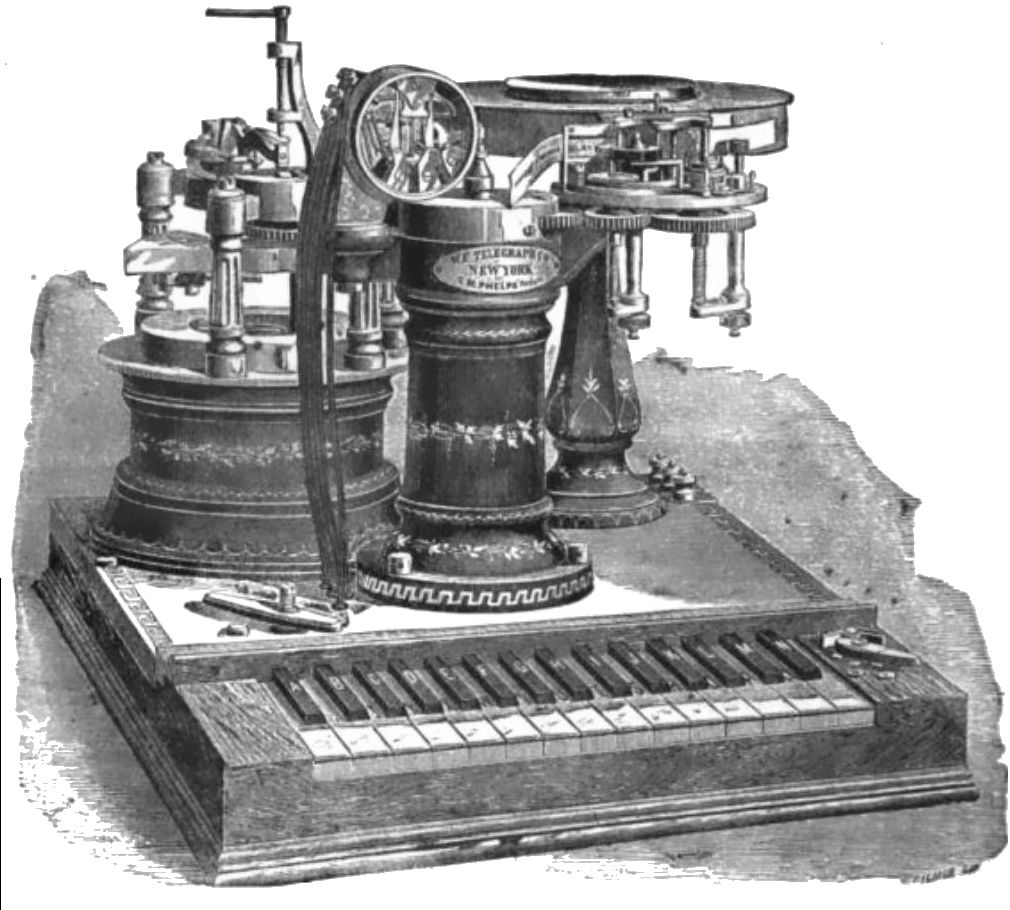In this blog post I will be exploring whether media theory should be one dimensional. First lets look what is media (Jennings, 2019) states media refers to the tools we use to share messages and ideas with other people.
Media is not just a tool we use passively. It can be device which we interact with such as a mobile for social media or our smart speaker.
It’s a tool that can be used in our everyday lives, it is not just known as a medium such is a television, newspaper or radio. Media should not be associated with being one dimensional such as watching a television programme, but can be seen as tools for many different purposes.(Ytre-Arne, 2023) highlights . We build everyday habits in many forms and around many activities – including media use. Everyday life encompasses multiple social domains – such as work and family life – that are meaningful to us and that we engage with frequently, and that also form important contexts for how we use media.
A newspaper we can access in the digital age using our smartphones which could have room for more pictures in the story which would generate more meanings to us then us just reading the article. What we post on social media the picture generates a message and can tell you something more behind the story as pictures are media. In these pictures they communicate to us in The Sun article the cat is scared of having a shower.
Some scholars argue that media should not just be seen as a technical objects, such as radio, television or internet and does not have a one dimensional approach as John Durham Peter’s argues in his book ‘ The Marvelous Cloud’ saying media are things in the middle of things that affect other things. For example, if it was raining outside, researchers might look at the clouds outside to get information for their weather forecast.
While, I do agree with Peters that we should think of media in many different ways critics have challenged his views.(John Durham Peters: An Afterword, 2022) discusses whether Peter’s theory is made up of fantasy and whether there is any logical meaning behind his statements.
I do feel that not to define media as being an object is wrong as there is evidence to suggest that media originated from a electric telegraph which is an object. Langley strongly feels that media should be defined as a technical object, as he says ‘we can call media a object , as we can distinguish between digital analogue and visual.’

What is theory and how does it relate to media theory
Langley talks about theory in the sense of a driving test and how people are told what to do when to start the car and put the brakes on and don’t question anything. This can relate to media as questioning what we hear, think or read, but also thinking about media in many ways such as communicational, historical or electronical.
To conclude media theory should not be seen as one dimensional such as listening to a radio show or watching a television programme and should always be for questioning. However, we should choose carefully what we read and think about media and ask ourselves does it have a logical meaning?
Bibliography
Emerald Publishing Limited, pp. 1–16. Available at: https://doi.org/10.1108/978-1-80262-383-320231001.
Jennings, B.J. (2019) What Is Media? Raintree.
John Durham Peters: An Afterword (2022) Media Theory. Available at: https://mediatheoryjournal.org/2022/04/15/john-durham-peters-an-afterword/ (Accessed: 29 December 2024).
Peters, J.D. (2015) The marvelous clouds: toward a philosophy of elemental media. Chicago, [Illinois] London: The university of Chicago press.
Ytre-Arne, B. (2023) ‘Introduction: Media Use and Everyday Life in Digital Societies’, in Ytre-Arne, B., Media Use in Digital Everyday Life.
(ProQuest Ebook Central – Reader, no date)


